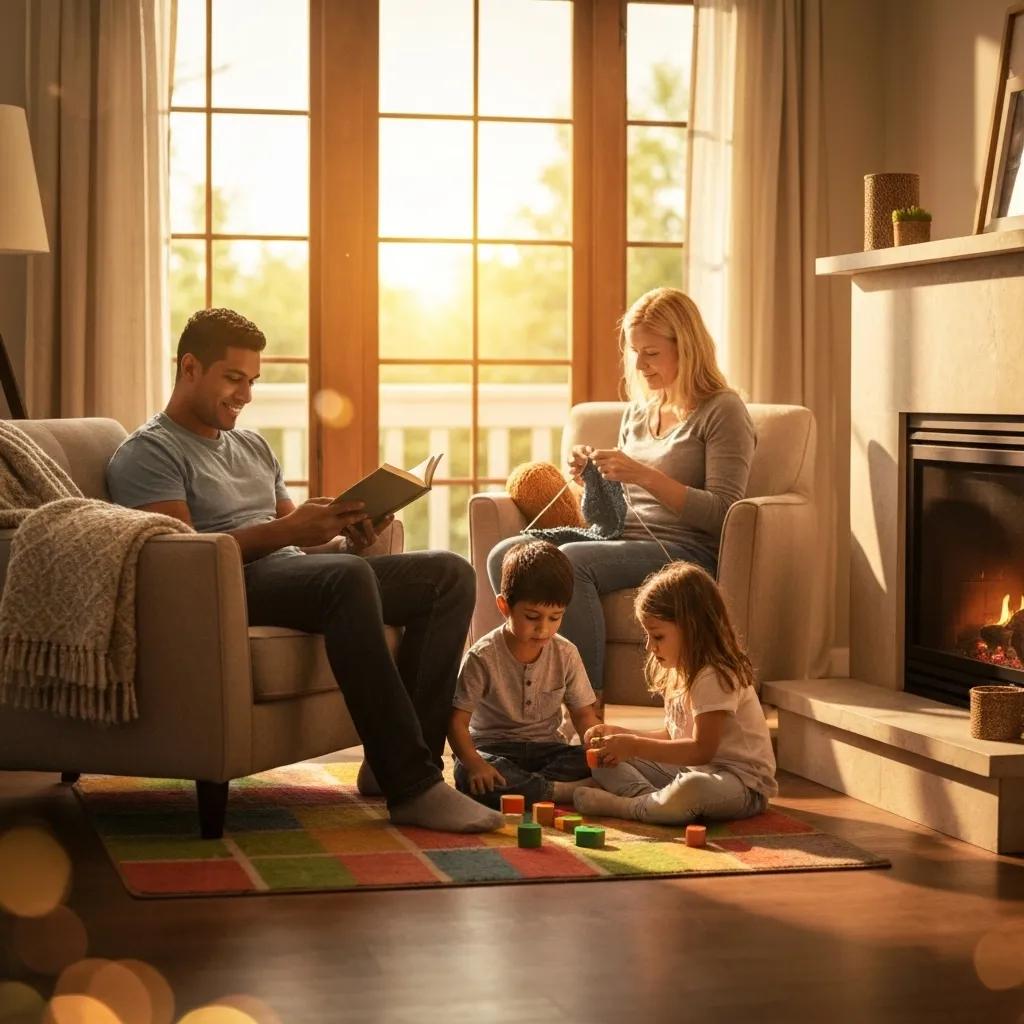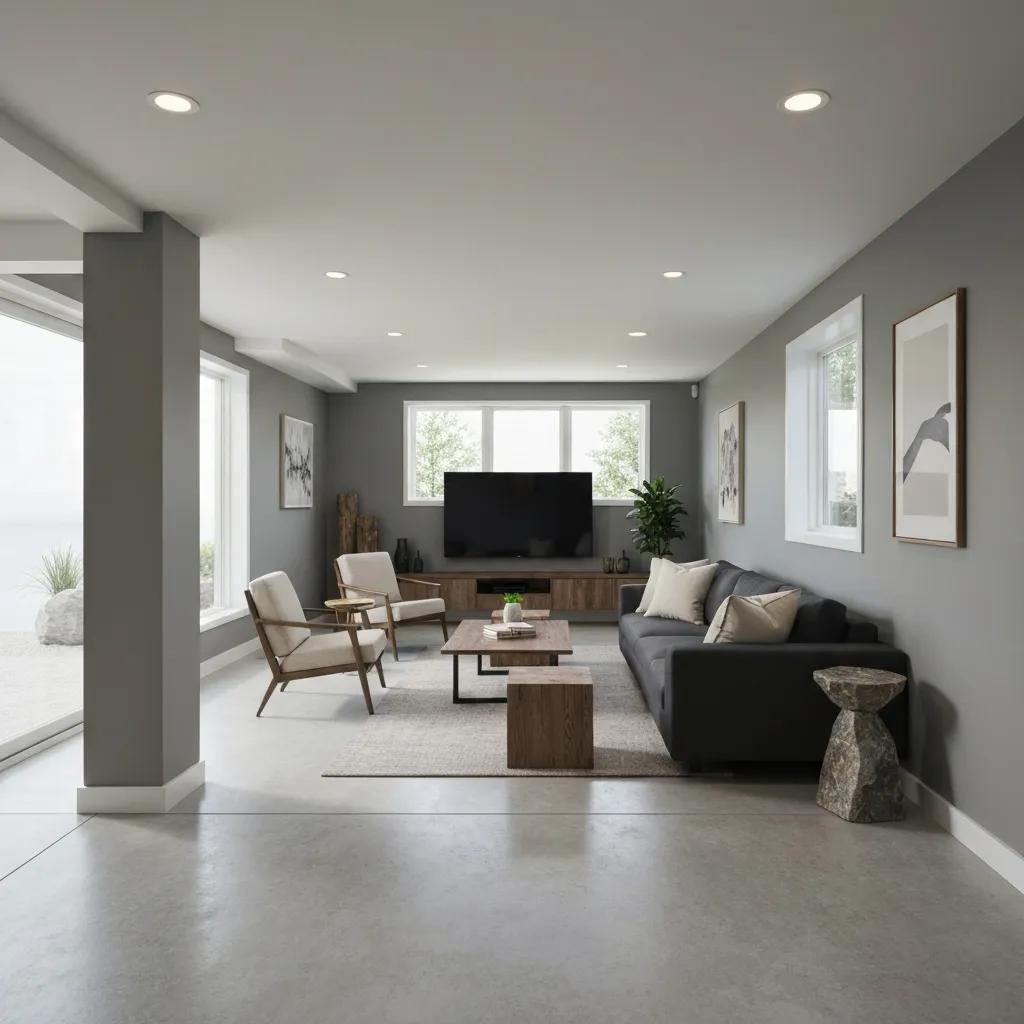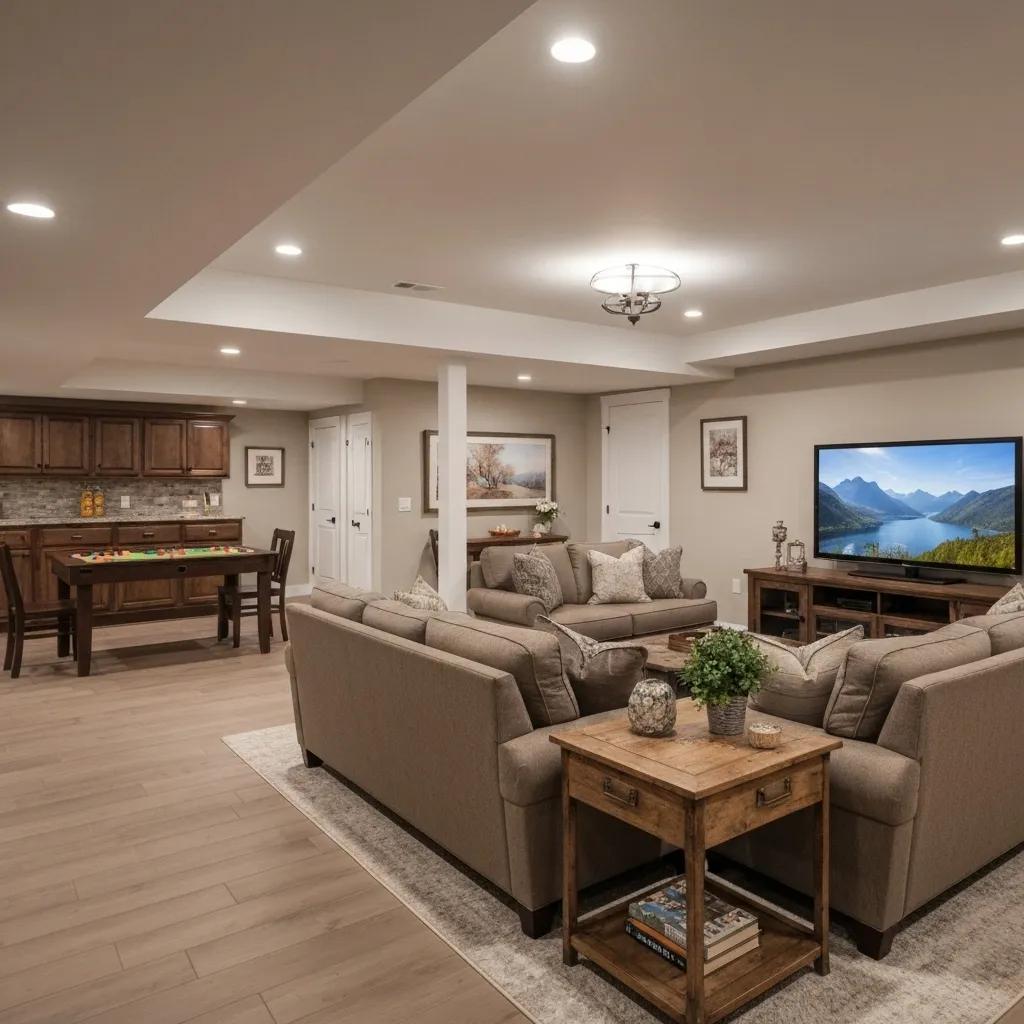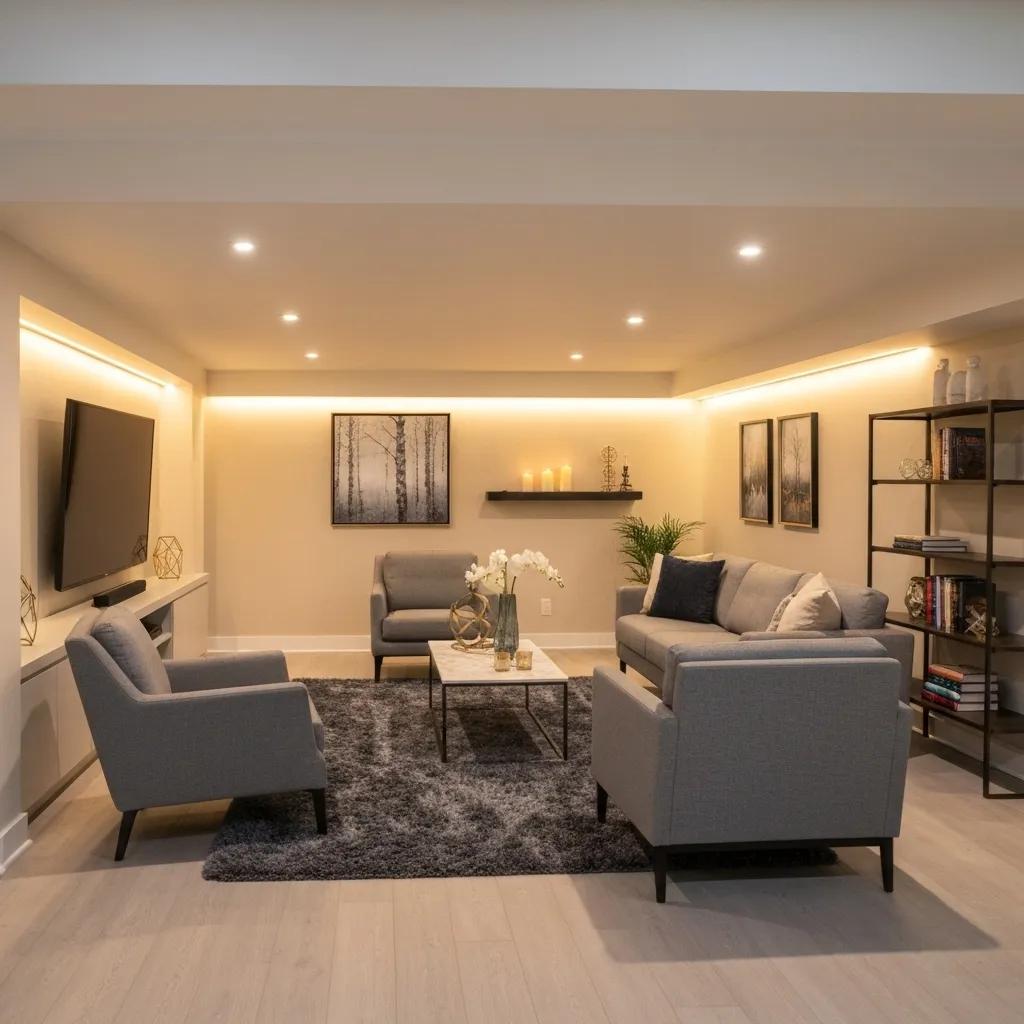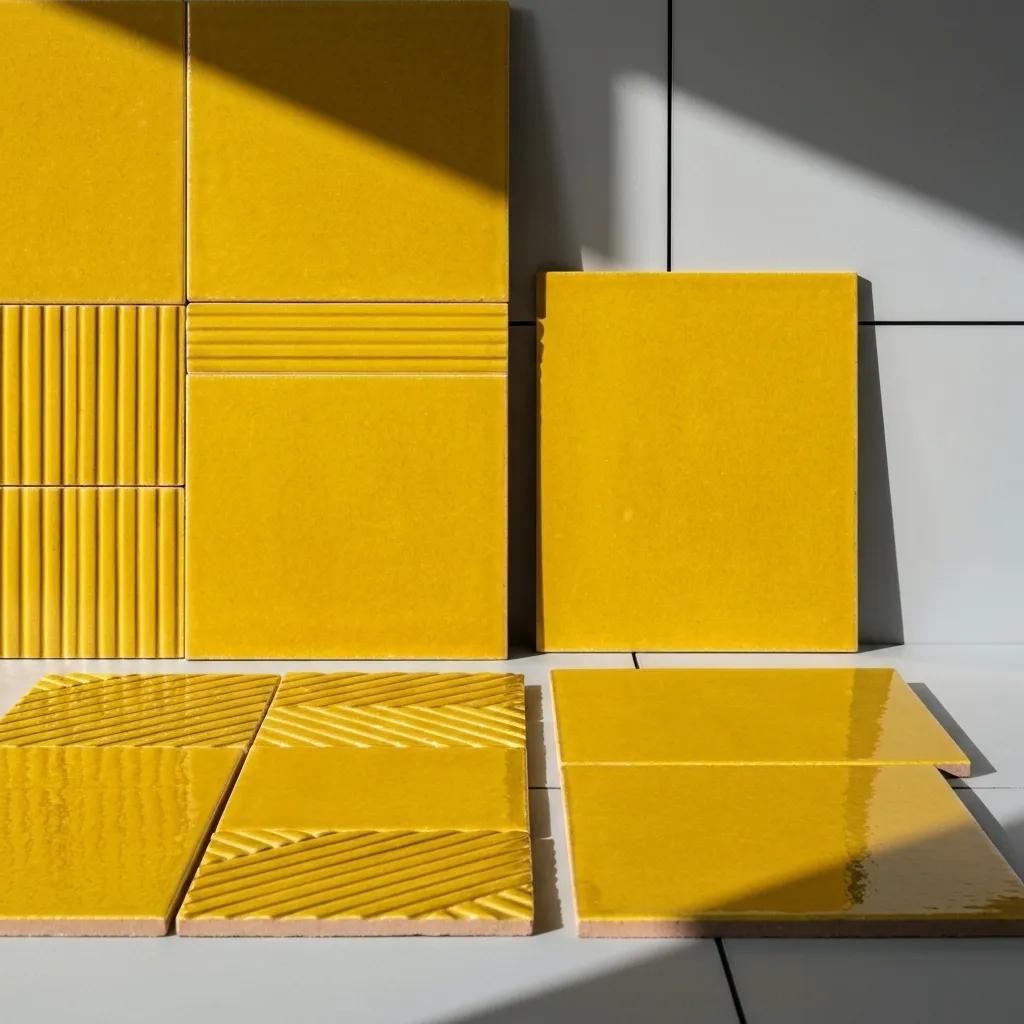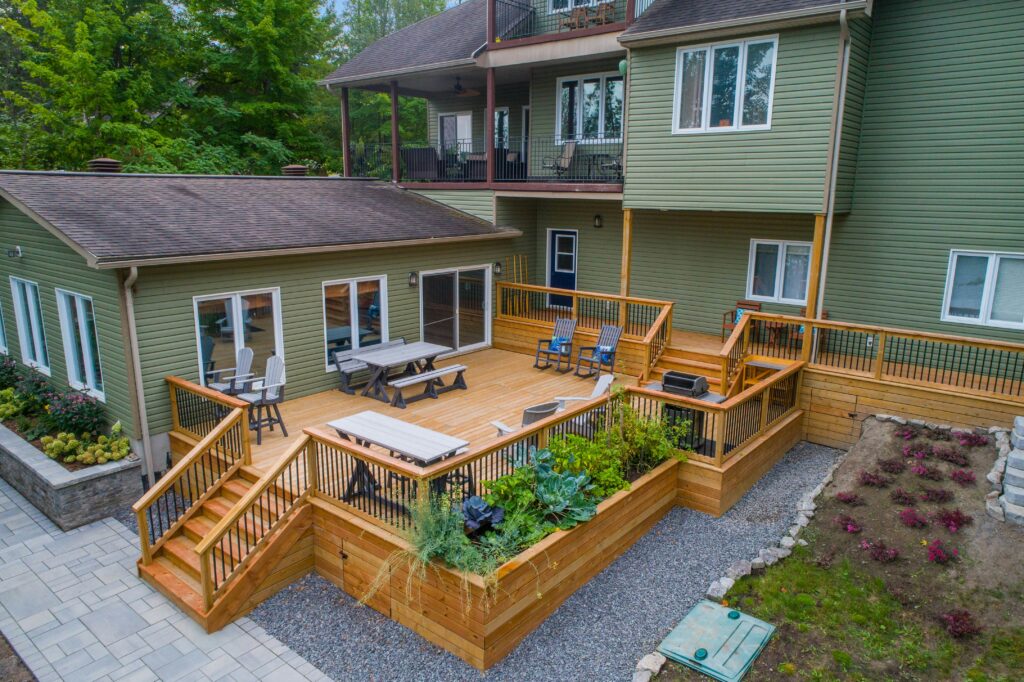
In today’s home improvement market, choosing the right material for outdoor structures such as decks, patios, and fences is critical for both aesthetic appeal and long-term performance, especially in deck construction des moines areas. Homeowners in Des Moines, Iowa, and the surrounding 40-mile radius often weigh the benefits of treated lumber against those of composite materials. This article summarizes the main advantages and drawbacks of each option, comparing their cost-effectiveness, durability, environmental impacts, and maintenance requirements. deck builders
What Are the Main Advantages of Treated Lumber?
Treated lumber is popular for its cost-effectiveness and proven performance. It is generally less expensive than many alternatives and offers high returns on investment, especially for large porch or deck projects.
How Does Treated Lumber Offer Cost-Effective Solutions?
Pressure-treated wood reduces exposure to moisture and termites without a high price tag. Its affordability makes it an attractive choice for extensive outdoor construction while still delivering a solid return on investment.
What Durability Benefits Does Treated Lumber Provide?
When properly treated, lumber resists decay, weather, and insect infestations through moisture-resistant chemicals. This durability helps it withstand water damage and mold, even in adverse climates.
Which Applications Best Suit Treated Lumber?
Ideal for deck construction, porches, and fencing, treated lumber meets the demands of projects that require long-term resilience against pests and moisture. Builders value its versatility in both structural and aesthetic applications.
How Does Treated Lumber Support Environmental Sustainability?
Despite using chemicals, many treated lumber products conform to environmental standards like those of the Forest Stewardship Council. When maintained well, its longevity and fewer replacements can make it an environmentally efficient option.
What Are the Key Advantages of Composite Materials?
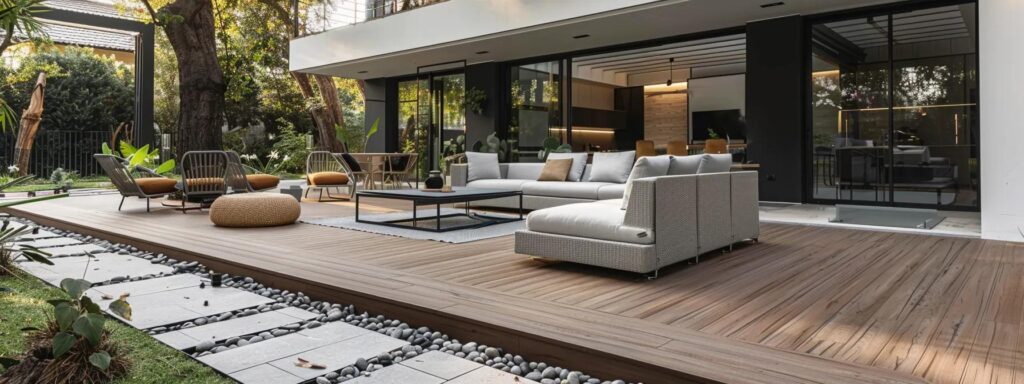
Composite materials combine recycled wood fibers with plastic polymers, offering a modern alternative that addresses many upkeep and durability challenges. Their low maintenance requirement helps homeowners save time and money over the life of outdoor constructions.
Why Is Composite Material Considered Low Maintenance?
Designed to resist mildew, mold, pest infestations, and water damage, composites do not require regular staining or sealing. This leads to fewer repairs and lower long-term maintenance efforts.
How Does Composite Material Improve Durability Compared to Wood?
Engineered to resist weather, sunlight, and moisture, composites are less prone to splintering, warping, or fading. Their consistency protects against rot and termite damage and makes them especially suited for areas with high humidity and temperature fluctuations.
What Are the Common Applications for Composite Materials?
Commonly used in decking, outdoor fences, and building facades, composites offer a uniform, modern look with increased longevity. Their consistent appearance and flexibility suit both traditional and contemporary designs.
How Environmentally Friendly Are Composite Materials?
Manufactured with recycled content, composite lumber reduces reliance on virgin timber and minimizes environmental footprint. Although energy-intensive initially, their long lifespan and low maintenance can contribute to sustainability, especially as recycling methods improve.
What Are the Disadvantages of Using Treated Lumber?
While treated lumber has many benefits, it also poses drawbacks. Its regular maintenance and the chemicals used can be concerning.
What Maintenance Challenges Does Treated Lumber Present?
Treated lumber requires periodic reapplication of stain or sealant—typically every two to three years—to guard against weather, moisture, and pests. Without regular upkeep, the wood may decay faster, affecting its performance.
How Do Chemicals in Treated Lumber Affect Health and Environment?
The chemical treatments may pose health and environmental risks. Safe handling during installation and proper disposal are advised to prevent toxic leaching into soil and water.
What Are the Limitations in Durability and Lifespan?
As a natural product, treated lumber can suffer from warping, splitting, or cracking over time. Extreme climates and inconsistent maintenance might reduce its lifespan compared to more modern materials.
What Are the Disadvantages of Composite Materials?
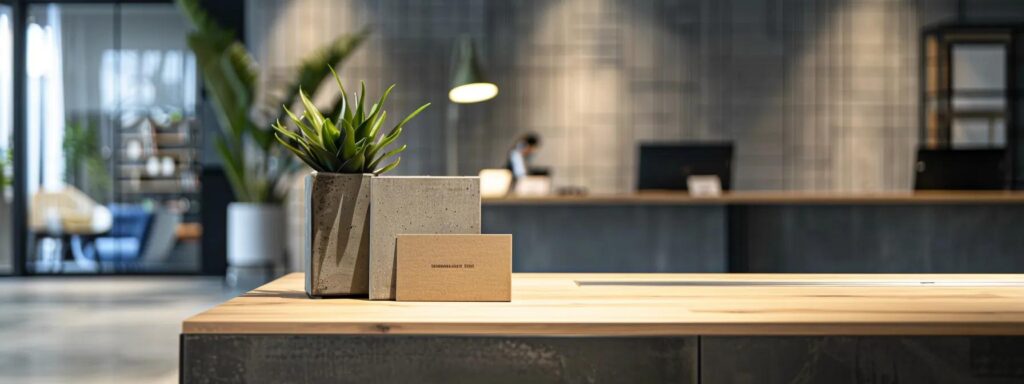
Despite their low maintenance appeal, composite materials come with their own set of challenges, including higher upfront costs and aesthetic considerations.
Why Is the Initial Cost of Composite Materials Higher?
Composite materials require advanced manufacturing and recycled inputs, resulting in a higher price than treated lumber. This increased initial investment might be a barrier for budget-conscious projects.
What Are the Potential Environmental Drawbacks of Composite Materials?
While composites use recycled content, the significant energy needed during production and potential recycling challenges raise concerns. Their limited biodegradability can also contribute to landfill waste.
Are There Any Installation or Aesthetic Limitations?
Some find that composites offer a less natural, uniformly artificial appearance. Moreover, installation often demands specialized fasteners and techniques to manage alignment and thermal expansion, which can increase labor costs.
How Do Treated Lumber and Composite Materials Compare on Cost?
Cost comparisons must factor in material prices, installation, and long-term maintenance.
What Is the Breakdown of Material and Installation Costs?
Treated lumber is generally cheaper and simpler to install, with lower material and labor costs. In contrast, composites are more expensive initially, though many installations are supported by warranties.
How Do Long-Term Costs Differ Between the Two Materials?
Though treated lumber is less expensive upfront, its maintenance and earlier need for replacement may lead to higher long-term costs. Composite materials, while costing more initially, typically save money over time due to lower maintenance requirements.
How Do Durability and Lifespan Compare Between Treated Lumber and Composite Materials?

Durability and lifespan are crucial in material selection for outdoor structures.
What Is the Expected Lifespan of Treated Lumber vs. Composite Decking?
With proper care, treated lumber can last 15–20 years, though climate and upkeep affect its longevity. Composite decking is designed to last 25–30 years or more, offering extended performance.
How Do Both Materials Resist Weather, Pests, and Rot?
Treated lumber is chemically enhanced to resist pests and decay but may still degrade with poor maintenance. Composites provide uniform resistance to weather extremes, UV light, moisture, and pest damage, sustaining their appearance and function over decades.
What Are the Maintenance Requirements for Treated Lumber vs. Composite Materials?
Maintenance plays a key role in the longevity of outdoor structures.
How Often Does Treated Lumber Need Staining or Sealing?
Typically, treated lumber requires re-staining or sealing every two to three years to protect against moisture and pests. Without this routine, the wood’s integrity may decline.
What Cleaning and Repair Are Needed for Composite Materials?
Composite materials need only occasional cleaning with soap and water. Their low-maintenance design means repairs are infrequent, helping keep ongoing costs and effort to a minimum.
How Do Treated Lumber and Composite Materials Impact the Environment?
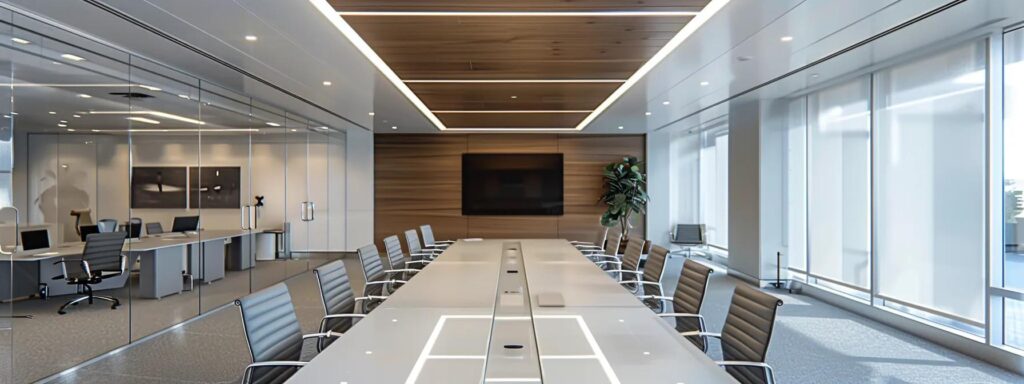
Environmental impact is an important consideration in material choice.
What Are the Environmental Effects of Treated Lumber Production and Use?
Chemical treatments in lumber production can harm both health and nature if not managed correctly. Responsible sourcing and adherence to environmental standards can mitigate these impacts and lower the overall carbon footprint.
How Sustainable Are Composite Materials in Manufacturing and Recycling?
Though composites are made partly from recycled content and require less upkeep, their energy-intensive production and recycling difficulties are environmental challenges. Ongoing improvements in technology continue to enhance their sustainability profile.
How Do Treated Lumber and Composite Materials Perform in Specific Applications?
Performance varies based on application, whether decking, fencing, or siding.
Which Material Is Better for Decking: Treated Lumber or Composite?
Treated lumber offers an affordable, traditional look for decking, but requires sealing and occasional repairs. Composite decking provides superior durability, moisture resistance, and a smooth, splinter-free surface that endures over time.
How Do Treated Lumber and Composite Materials Compare for Fencing?
For fencing, treated lumber is flexible and easy to repair, whereas composite fencing, though costlier, offers a consistently maintained appearance and resistance to mold and rot.
What Are the Pros and Cons for Siding Applications?
Treated lumber gives a natural look and good insulation but may weather and need repairs. Composite siding is more durable and low-maintenance, resisting fading and moisture better, though installation costs can be higher.
Frequently Asked Questions
Q: Which material is more durable for outdoor decking? A: Composite decking generally offers superior durability, resisting moisture, UV damage, and pests, and can last up to 30 years with minimal maintenance.
Q: How often should treated lumber be maintained? A: Treated lumber should be re-stained or sealed every two to three years to protect against moisture, rot, and pests.
Q: Are composite materials more environmentally friendly than treated lumber? A: Although composites have a higher initial environmental cost, their extended lifespan and recycled content can lead to less waste over time.
Q: What factors should be considered when choosing between treated lumber and composites for fencing? A: Key considerations include upfront costs, maintenance needs, durability, aesthetics, and environmental impact.
Q: How do the long-term costs compare between the two materials? A: Treated lumber is cheaper initially, but composites may offer lower long-term costs due to reduced maintenance and longer service life.
Final Thoughts
In summary, both treated lumber and composite materials have distinct advantages and challenges for outdoor construction projects. Treated lumber is cost-effective and traditional but requires regular maintenance and careful handling of chemicals. Composite materials offer excellent durability and low upkeep, though their higher upfront cost and potential aesthetic limitations must be considered. Homeowners should evaluate their needs, budget, and environmental goals to choose the best material for their projects.

